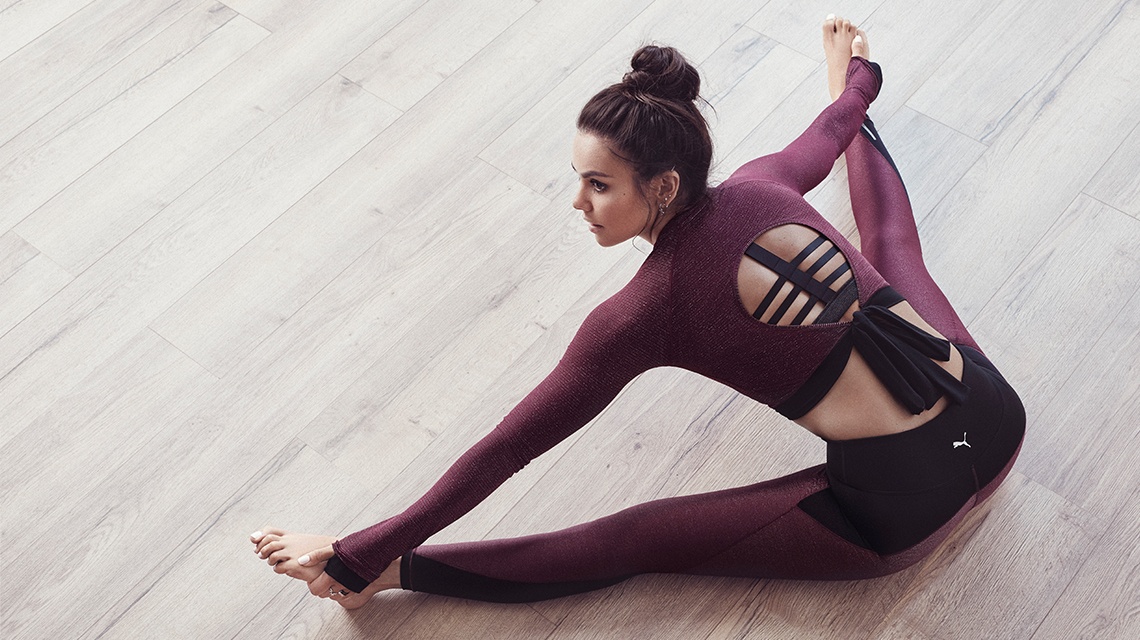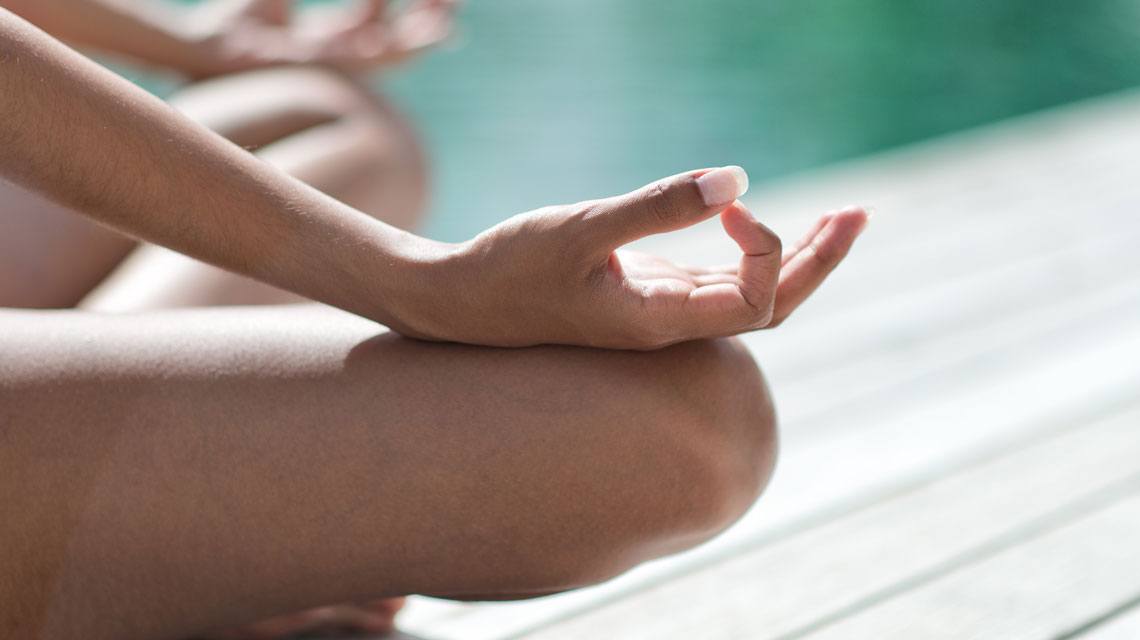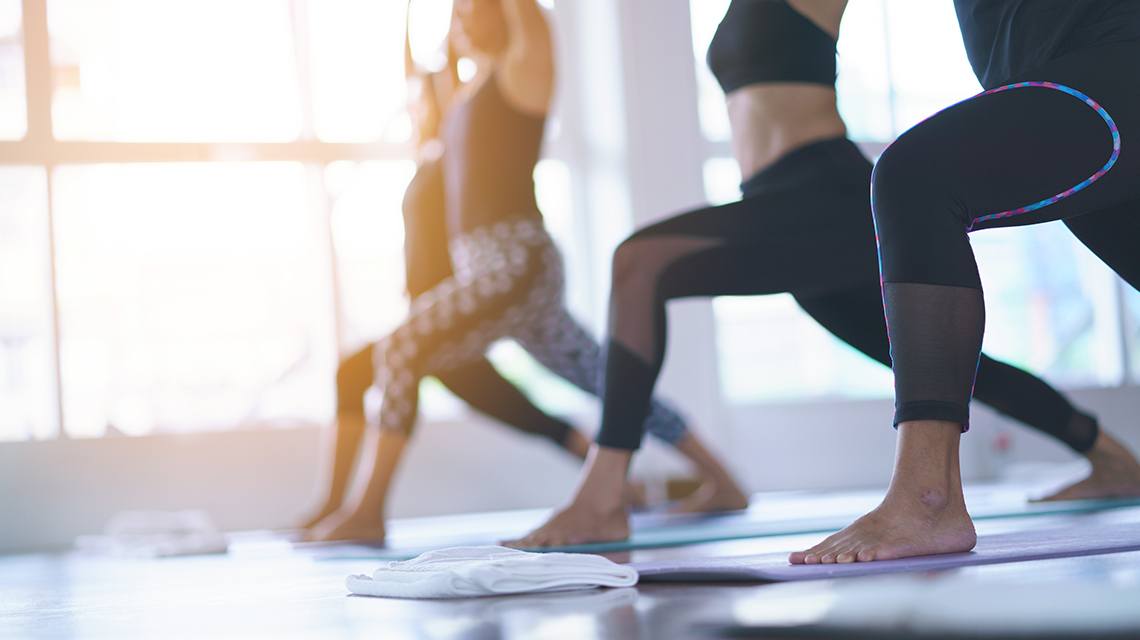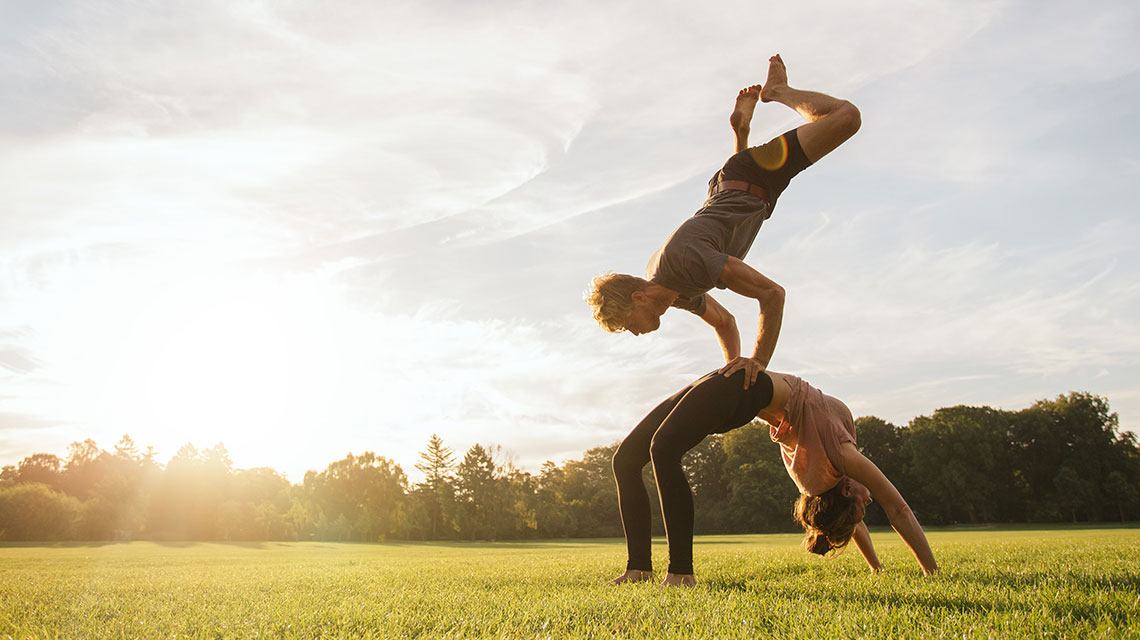
9 Breathing Exercises to Try
When You Feel Anxious
Inhale, Exhale
October 8, 2024Inhale, Exhale
October 8, 2024We all get a little anxious sometimes. Luckily there are many different tools and techniques that can help us self-regulate. One of the most powerful ways to help alleviate symptoms of anxiety and move through overwhelm is the breath.
Here’s a list of tried and true breathing exercises to turn to whenever you’re feeling anxious. Each has its specific benefits, but all work on the same principle of restoring calm through mindful, regulated breathing.
Lengthen Your Exhale
Starting simple: this one emphasizes the exhale. Taking a deep breath may not always help you relax ─ in fact, inhaling is linked to the sympathetic nervous system, which triggers the fight-or-flight response. On the other hand, exhaling is connected to the parasympathetic nervous system which helps the body relax.
This method focuses on extending the exhale. It can be done in any comfortable position, whether you’re sitting, standing, or lying down.
- Start with a slow, full exhale. Empty your lungs, and then let them naturally fill with air.
- Next, focus on making your exhale slightly longer than your inhale. For instance, breathe in for four seconds and then out for six.
- Practice this simple technique for two to five minutes, or until you feel more calm.
Box Breathing
When your breathing is controlled and rhythmic, it can help regulate your nervous system and ease anxiety. You can do this technique by sitting comfortably with your feet flat on the ground and hands resting in your lap. Then:
- Close your eyes and take a moment to settle into your seat.
- Begin by exhaling all the air from your lungs slowly.
- Inhale deeply through your nose for a count of four.
- Hold your breath for another count of four, keeping your body relaxed.
- Exhale slowly and fully through your mouth for a count of four, letting go of any tension.
- Hold your breath again for a count of four before starting the cycle over.
- Continue this pattern, imagining your breath moving around a square, with each side representing one part of the breathing cycle.
- If your mind wanders, gently guide your focus back to the rhythm of your breath and the count.
- Practice this technique for 5–10 minutes.
Mindful Breathing
This exercise helps anchor your mind in the present moment and can reduce anxiety by shifting your focus away from stressors.
- Close your eyes and take a few natural breaths to settle into your position with your back straight and hands resting on your lap.
- Begin by bringing your attention to your breath. Notice the sensations of the air entering and leaving your nostrils.
- Observe how your chest or abdomen rises and falls with each inhale and exhale, without trying to change the rhythm.
- If your mind starts to wander, gently acknowledge the thoughts or feelings, and then bring your focus back to your breath.
- To help maintain focus, you can try silently counting each breath, or choosing a simple word like “in” and “out” to mentally track each inhale and exhale, and keep your attention on the breath.
- Continue this practice for 5–10 minutes, or longer if you feel comfortable.
4-7-8 Breathing
This is a common breathing technique that can quickly soothe the mind and body, lower blood pressure and improve focus and clarity.
- Close your eyes and place the tip of your tongue just behind your upper front teeth.
- Exhale completely through your mouth, making a whooshing sound.
- Close your mouth and inhale quietly through your nose for a count of four.
- Hold your breath for a count of seven, noticing the sensations within you. If thoughts arise, acknowledge them and let them drift away as you bring your focus back to your breath and counting.
- Exhale completely through your mouth, making the whooshing sound again, for a count of eight.
- Continue this cycle for four breaths at first, gradually increasing to eight breaths as you become more comfortable.
Alternate Nostril Breathing (Nadi Shodhana)
This is a yogic technique of pranayama (breathwork) that is helpful for stimulating the parasympathetic nervous system, enhancing cardiovascular function, and is said to balance the two hemispheres of the brain.
- Place your left hand on your left knee and bring your right hand to your nose.
- Use your right thumb to close your right nostril gently.
- Inhale deeply through your left nostril, noticing the cool air entering your body.
- Close your left nostril with your ring finger and release your thumb, opening your right nostril.
- Exhale slowly and fully through your right nostril, releasing any tension.
- Inhale through your right nostril.
- Close your right nostril with your thumb and release your ring finger, opening your left nostril.
- Exhale slowly and fully through your left nostril, noticing the breath flowing out.
- Continue this alternate pattern for 5–10 minutes, or as long as you feel comfortable.
- If you get distracted, gently return your focus to the sensation of your breath moving in and out through each nostril.
Belly Breathing (Diaphragmatic Breathing)
Engaging in deep, mindful breathing using your diaphragm can activate your body’s relaxation response and reduce anxiety. You can do this technique by finding a comfortable sitting or lying-down position in a quiet place.
- Place one hand on your chest and the other on your abdomen, just below your rib cage.
- Close your eyes and take a moment to notice your natural breath without changing it. Feel the rise and fall of your body.
- Slowly inhale deeply through your nose, allowing your belly to expand and rise. Your chest should remain relatively still.
- As you inhale, visualize your breath filling your abdomen, like a balloon gently inflating.
- Exhale slowly through your mouth, feeling your belly fall as you release all the air.
- Continue this slow, deep breathing, focusing on the expansion of your belly with each inhale and its contraction with each exhale.
- Practice this technique for 5–10 minutes and notice how your body and mind gradually relax.
Resonant Breathing (Coherent Breathing)
This slow and relaxed breathing pattern can bring calmness and coherence to your mind and body. Find a quiet place to sit or lie down and then:
- Close your eyes and settle into a comfortable position. Inhale slowly through your nose for a count of five, feeling your abdomen rise gently.
- Exhale slowly through your nose for a count of five, feeling your abdomen fall.
- Continue this steady rhythm, maintaining a gentle and relaxed pace.
- Imagine your breath as a wave, rising and falling in a calm and continuous flow.
- Allow your body and mind to settle into this rhythm.
- Practice this technique for 10–20 minutes, enjoying the peaceful state it brings.
Lion’s Breath (Simhasana)
This energizing breathing technique can help release tension and reduce anxiety, while also invigorating your mind and body. You can do this technique by sitting on your heels or cross-legged in a quiet space. Practice this technique whenever you need to release stress, tension, or pent-up emotions.
- Sit up tall with your hands resting on your knees.
- Close your eyes and take a few natural breaths to settle into the position.
- Inhale deeply through your nose, filling your lungs completely.
- Open your mouth wide and stick your tongue out, stretching it down towards your chin.
- Exhale forcefully through your mouth with a loud “ha” sound, like a lion’s roar. Feel the breath moving out from deep in your belly.
- As you exhale, open your eyes wide and look upward, focusing on the space between your eyebrows or at the tip of your nose.
- At the end of your exhale, relax your face and close your mouth, returning to a neutral position.
- Repeat this breath 5–7 times. After the last round, close your mouth and breathe normally.
Pursed Lip Breathing
This technique helps slow your breathing and improve oxygen exchange, which can ease anxiety and help you feel more in control.
- Relax your shoulders and neck, and take a moment to settle into your position.
- Close your eyes if it helps you focus, and take a normal breath through your nose.
- Purse your lips as if you’re about to blow out a candle or whistle.
- Exhale slowly and gently through your pursed lips, for about twice as long as your inhale.
- Focus on keeping your exhale slow and steady, without forcing the air out.
- Continue to inhale through your nose for a count of two, and then exhale for a count of four, feeling your body relax as you release the breath.
- As you exhale, imagine that you are gently blowing away your stress and anxiety, letting it drift away with each breath.
- Repeat this pattern for 5–10 minutes.





